Nuttin wrong with 14s. I'll take that in early bloom any time. 

How To Use Progressive Web App aka PWA On 420 Magazine Forum
Note: This feature may not be available in some browsers.

Nuttin wrong with 14s. I'll take that in early bloom any time.



I've had several plants that were harvested at 18+ brix, and they're certainly at peak health so potency would be at its highest potential, but it's more of a character difference. Extremely high brix plants have a smoother cleaner high, not just the smoke. I once described it as cleaning a dirty stained glass window. The high gleams with bright colors, so to speak.
Under 18, the high is more typical in character - very good but not qualitatively different.
 Can't wait to see how these tangies turn out and seee the differences in brix but also between the phenos
Can't wait to see how these tangies turn out and seee the differences in brix but also between the phenos  very good description/analogy with the clear window vs the stained glass.
very good description/analogy with the clear window vs the stained glass. 
Great info Ice. I'm a little out of my league here, I'll be paying close attention so let's keep the thread going. G'mornig BTW!

Ice,
I have to ask, and I apologize for my ignorance in advance, what is "brix"?
 (but this can also be different depending on the strain, as I have found some strains "high brix excellent can be more in the 22 range or closer to 17"
(but this can also be different depending on the strain, as I have found some strains "high brix excellent can be more in the 22 range or closer to 17"I decided to order myself a refractometer. For those that don't know what it is, its a pretty simple concept... Its a tube with a eyepiece on one end, like a microscope, and on the other end of the tube is a prism.. You can take any kind of plant, you want to generally take from the same place on the plant if testing multiple plants, or repeat testing weekly, or even squeeze fruit or veggies onto it. It only take a few drops. You point the tube at a lightsource, and the sugar in the juice or sucrose bends the light onto a chart/graph inside the eyepiece and shadows part of the graph. Depending on how much sugar/sucrose is in the juice, the light will bend differently, which shows you the Brix of the juice/plant/veggie...
It is very involved, and I am just starting to indulge into it so bare with me on this, but I will try to explain what I learn along the way, so anyone who is interested can also learn.
To break it down, Brix is the level of sugars in plants. According to what I read, a tomato, or any veggie really, 50 years ago had a much higher nutrional value than it does today. What this essentially means for us, is that to get the same amount of nutrients from a tomato today, we would have to eat many more than just 1 tomato. And this goes for all produce...and from what I have been reading, just because a food is organic, may mean it is healthier because of lack of pesticides however it doesn't necessarily mean that it has a higher brix level than a non organic tomato..
I will get into weed in a bit, but with food it is much easier to explain, mostly because there is much more information available on the net relating it to brix. So how did our produce get so poor... well it all has to do with mineralizing your soil... and with the proper amounts of minerals with the right ratio's to each other, so it creates a working cycle. What we have been doing in the produce market is stripping the soil of these minerals and not adding them back in. With organics put it this way, if you feed a cow poor quality food, even if its a healthy cow, the milk will be of poor quality, its manure and urine would be of poor quality (lack of minerals) therefore when you take that manure/mix it with the poor quality hay and other composting materials of poor quality...what do you get... its a pretty easy guess... Poor quality compost... and the cycle continues on and on...What this also leads to is farmers thinking, I need to correct the problem with my plants, there sick, whats wrong, lets dump on more salt fertalizers, pesticides and other "corrections" when almost all of this can be avoided by re mineralizing your soil and raising your brix level. Studies have found that plants with a Brix higher than 12, give off an electromagnetic frequency that repels pests and insects. Higher Brix plants also have more nutricional value, meaning that they are healthier, and have no need for additional fertalizers to be added. Now with the above being the typical reponse, lets dump more on to correct the problem (or lets add too much fertalizer for the cycle, is also included), this is leaving a very salt heavy soil, which makes for a very very unfriendly place for a good soil microbiology. The goal is to have available, the right amount of nutrients from the get go to sustain the plants life and keep within your ratio's. For instance...If you have way to much N in your soil, too much for the plants to use, this become waste/salts that accumulate in your soil. When these salt levels build up past a certain level, your water transport to your roots will shut off and your plants will dehydrate. You want to have just enough N in your soil to feed the plant, but not burn out the plant by providing too much, burning out the microbes that work hard to convert this. You want to create a cycle so the microbes have plenty of fuel (calcium and phosporus), which breaks down the rock/soil for the plants, which in turn feed the plant, and then the plant excretes sugars and other goodies to the microbes, so that they can energize and break down more rock.. and with high brix growing, you need a lot of calcium to power this system...calcium being the gas to your soil engine
Now all the chemistry to this I am still very very new at, and not really well read, so If you want to read more and share, I definitely would be interested to know...but here is how to correct weak soil..
So with re-mineralization, what we essentially are doing is taking rock (gypsum, limestone and others...crushing them up and grinding them up into tiny flecks, which then the microbes can eat, which releases minerals and energy for the plant to uptake..along with other things... How this process in nature would work, is a rock would fall into a lake/river whatever, and over time, with debris and water rushing over it, eventually the rock starts to dissolve and break down, which the particles are carried downstream and deposited into sandbeds and such...which over this long long process creates the same thing.. but now with modern technology we are able to add these important natural rocks and minerals back to the soil..which in turn helps increase the nutritional value of the soil for plants, which in turn helps grow healthier, more nutritious plants
Now its not just as easy as throwing some crushed rock into your soil.. wouldn't that be nice.. now this part I still am learning, and there is a ton of chemistry, ratios and math involved, so again, bare with me as I will try to explain what I have learned...
Now many of us usually focus on the Macro nutrients N-P-K which is important, and the micro nutrients, which are also very important, but in growing for higher Brix, Calcium and Magnisium play a big role, much larger than many may think.. I was reading a site by a company that actually will measure your soil, check the ratio's, and recommend and even make a amendment to correct your soil for higher brix, and there is a ton of information on there website...AGLabs is the company and if your interested in undertanding high brix growing, I would suggest taking a look at there site.
Now this chart was taken off of there website, but it make's for great example for what I'm explaining...
How much calcium and magnesium is in your soil... this is what the pro's recommend
Now this is in Pounds per Acre, but you can get the idea's of how important calcium is in reference to the typical NPK that we are used to chiming in on...
Nitrate Nitrogen 30-60# / acre
Ammonial Nitrogen 30-60# / acre
Phosphorus 150-200# / acre
Potassium 50-100# / acre
Calcium 2000-4000# / acre
Magnesium 275-600# / acre
Now why do you want a lot of Microbe energy in the soil (calcium)... because the goal of the high brix growing is to issue frequent foliar sprays. Leaf's uptake nutrients and minerals about 10x faster than roots do, and requires far less energy for transport. By foliar feeding with the right things, you are Supercharging the plants system, therefore using more "gas"(calcium) to power the microbes, and the "spark" being the sugars that the roots excrete as well as molasses and other carbo's, and the oxygen which is in the soil... Just think like a car engine...
Now if one of these sytems lags with the supercharger in place (the plant and roots being the engine), the engine is going to misfire and all sorts of problems can arrise...Same with Plants... Now lets say you add racing fuel to a car without a supercharger and has been built for performance.... the car will not perform well at all, just like a plant... just adding "racing fuel" (nutrients) to your soil, will not essentially make the plant work better. All of the systems have to be tuned, for record times in a car...same with brix growing...
Now another problem is if you don't have enough calcium in the soil...calcium being very essential to plants, humans and really anything living, you can sort of call it the building block to life. This is what builds cell walls but if you don't have enough calcium in the soil, your microbes will "eat" all of it and leave none left for the plant, which essentially will create a poor crop.
Phosphates are also very important and where many people get it wrong is they think, less phosphorus, more potassium, which is not the case. You actually want about a 2:1 ratio phosphorus to potassium, where most people go the opposite, and many nutrient companies do as well. Phosphates is also vital to high brix growing because it acts as the transport of sugars, minerals and nutrients to all area's of the plant. Think of the phosphates like a delivery guy, taking the packages (minerals, nutrients, sugars..) to the right houses, and then back to the base (roots/soil) to pick up more..phosphates are what transport these important goodies within your plant (higher brix), as well as they also help aid in using sunlight within the plant... Phosphates are your friend...
Well that is about the best I understand it at the moment, and will get much more involved as I learn...feel free to correct me if I'm wrong (with proof, so I can read up ) or add to "our" knowledge base....
Thanks everyone for tuning in...
 , How does this work in hydro? I understand all the reasons why you would want this in soil. I get that. But hydro is different in that you do not need a beneficial microbe or what not to break down the nutes because they are already available for uptake. Can this be modified for hydro? Would it have any benefit for hydro?
, How does this work in hydro? I understand all the reasons why you would want this in soil. I get that. But hydro is different in that you do not need a beneficial microbe or what not to break down the nutes because they are already available for uptake. Can this be modified for hydro? Would it have any benefit for hydro?  I am not trying to stir up any debate at all. I am simply not interested in that. Just looking for best practices as far as growing goes. I am getting some late bloom def in my plants, but I am thinking that it may stem from the fact that I am on a single res and am growing three different strains. I did not consider that when I popped the seeds a few months ago. Well I did take into account flower time and all three were about 8 weeks so I did not consider anything else. That was a noob mistake on my part. I really felt like I had my grow dialed in and now I am concerned that I may be affecting quality and or yield. That was why I am asking questions and poking around. I apologize if this was a hijack. Thanks for being you and sharing your knowledge and experience.
I am not trying to stir up any debate at all. I am simply not interested in that. Just looking for best practices as far as growing goes. I am getting some late bloom def in my plants, but I am thinking that it may stem from the fact that I am on a single res and am growing three different strains. I did not consider that when I popped the seeds a few months ago. Well I did take into account flower time and all three were about 8 weeks so I did not consider anything else. That was a noob mistake on my part. I really felt like I had my grow dialed in and now I am concerned that I may be affecting quality and or yield. That was why I am asking questions and poking around. I apologize if this was a hijack. Thanks for being you and sharing your knowledge and experience. 
Thanks Ice! That was a very interesting read. I have a question, don't I always, How does this work in hydro? I understand all the reasons why you would want this in soil. I get that. But hydro is different in that you do not need a beneficial microbe or what not to break down the nutes because they are already available for uptake. Can this be modified for hydro? Would it have any benefit for hydro?
I know that soil vs. hydro is probably one of those things that will never be resolved kinda like cat people and dog people.I am not trying to stir up any debate at all. I am simply not interested in that. Just looking for best practices as far as growing goes. I am getting some late bloom def in my plants, but I am thinking that it may stem from the fact that I am on a single res and am growing three different strains. I did not consider that when I popped the seeds a few months ago. Well I did take into account flower time and all three were about 8 weeks so I did not consider anything else. That was a noob mistake on my part. I really felt like I had my grow dialed in and now I am concerned that I may be affecting quality and or yield. That was why I am asking questions and poking around. I apologize if this was a hijack. Thanks for being you and sharing your knowledge and experience.

 Hmmm high brix in hydro..
Hmmm high brix in hydro.. 


Great explanation of the HiBrix method, Ice!
I'd only add that the magic occurs because of the evolutionary synergy between the soil fungi and bacteria and the plant. The plant knows how to feed itself. It exudes a variety of different nutrients from its roots which the biota then feed on. Different biota respond to different plant exudates and poop out different minerals. When the plant is in need, its roots exude the compounds that will attract the biota that produce what it needs and then boom their populations until they're not needed anymore - then the exudates change again and different biota are attracted, etc. The trick then is keeping an environment that the biota will thrive in, and keeping the empty candy - NPK - away from the plant.
Then, when you have a tuned environment like that, you can fiddle around with foliars to make the plant ask for different things from the biota. I feel like Despicable Me with a bunch of busy brainless soil bots to do all my work.
 Those are the key details that really put the whole thing together and it makes it all make sense
Those are the key details that really put the whole thing together and it makes it all make sense  if that makes sense...haha
if that makes sense...haha 
I don't medicate during the week anymore for the time being so on the weekends, a long goes a little way.... i mean...LOL (I actually typed that and had to leave it in, to really explain my medicated state) haha
I appreciate ya is what I was trying to say..LOL
 Since becoming a hobby grower and cannabis snob, with wayyyy too much pot, I've begun to realize that I just don't get that fresh rush anymore - gotta think seriously about some sort of fast or sumpin.
Since becoming a hobby grower and cannabis snob, with wayyyy too much pot, I've begun to realize that I just don't get that fresh rush anymore - gotta think seriously about some sort of fast or sumpin. 

LOL!Since becoming a hobby grower and cannabis snob, with wayyyy too much pot, I've begun to realize that I just don't get that fresh rush anymore - gotta think seriously about some sort of fast or sumpin.




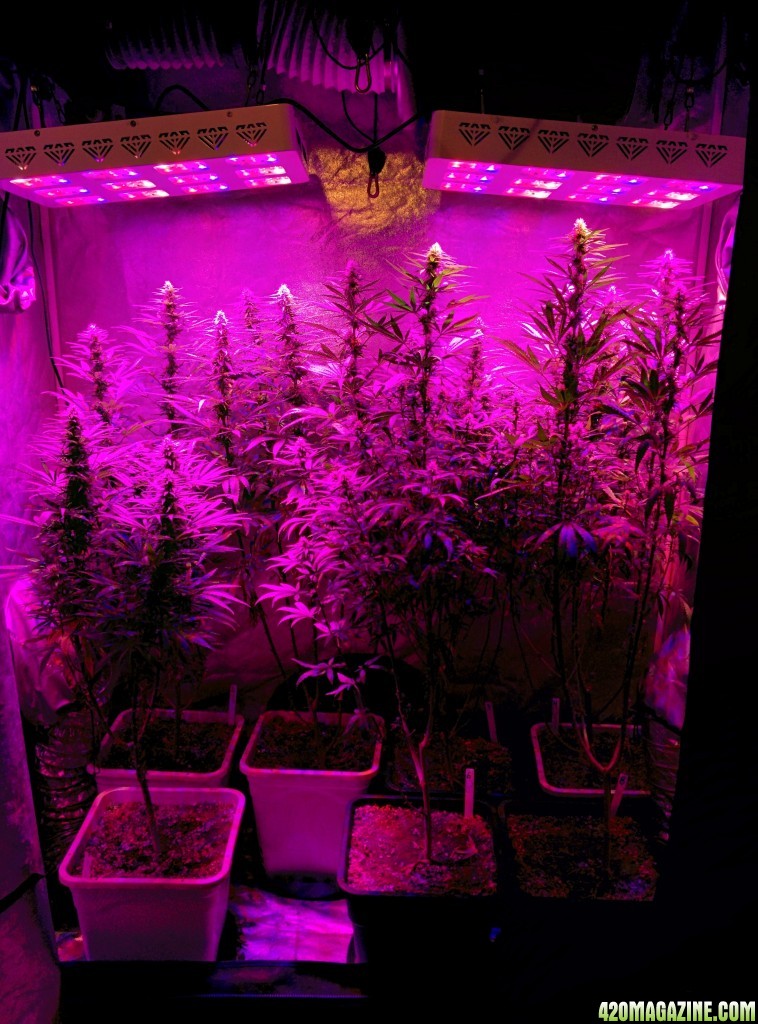

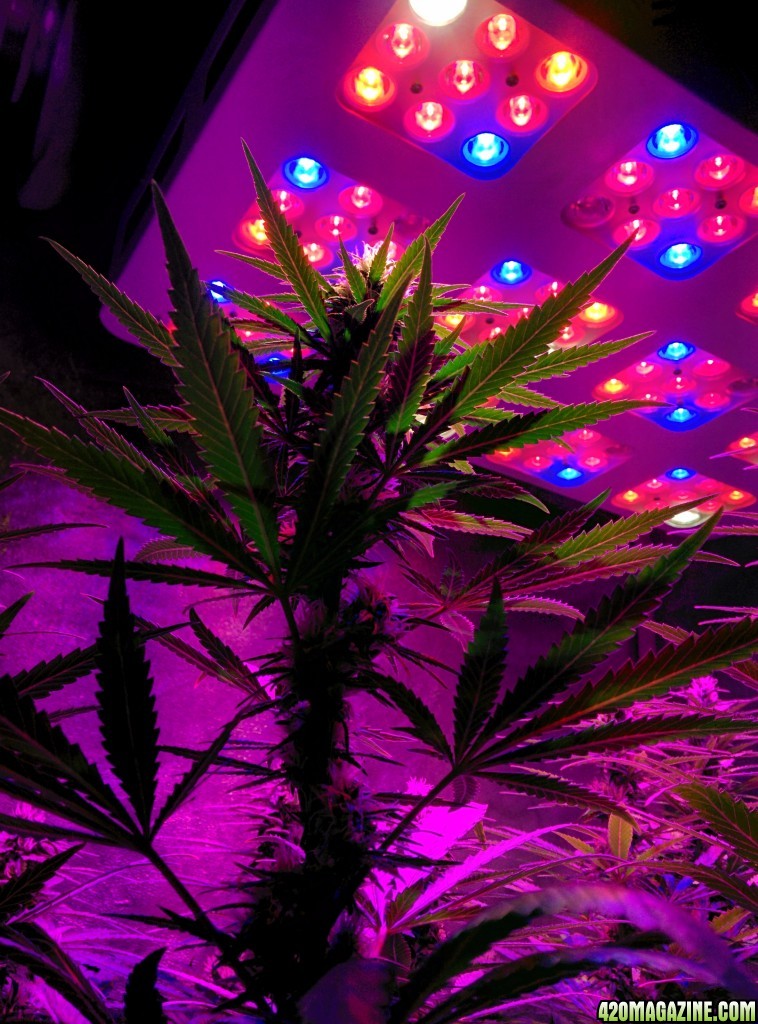

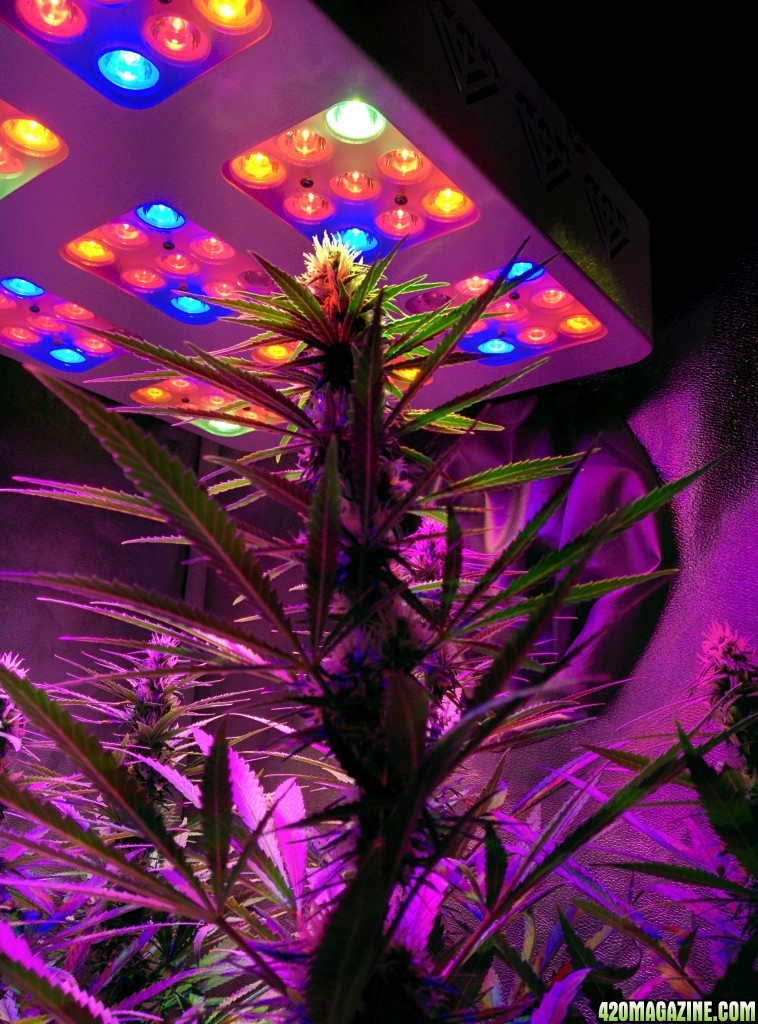

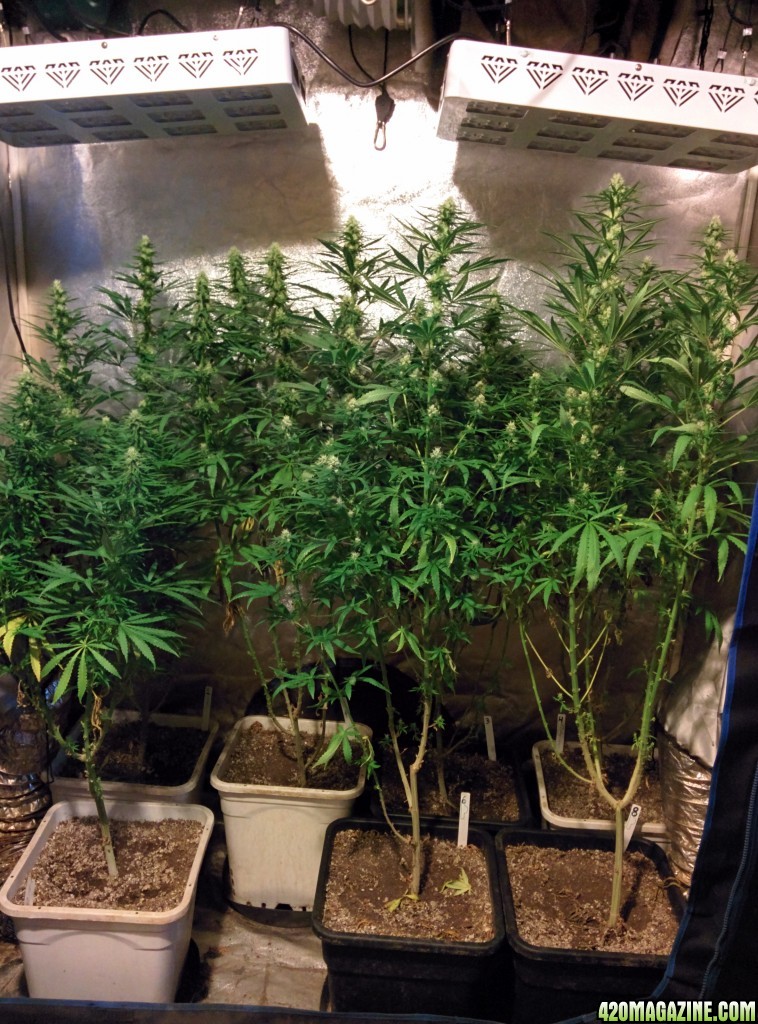
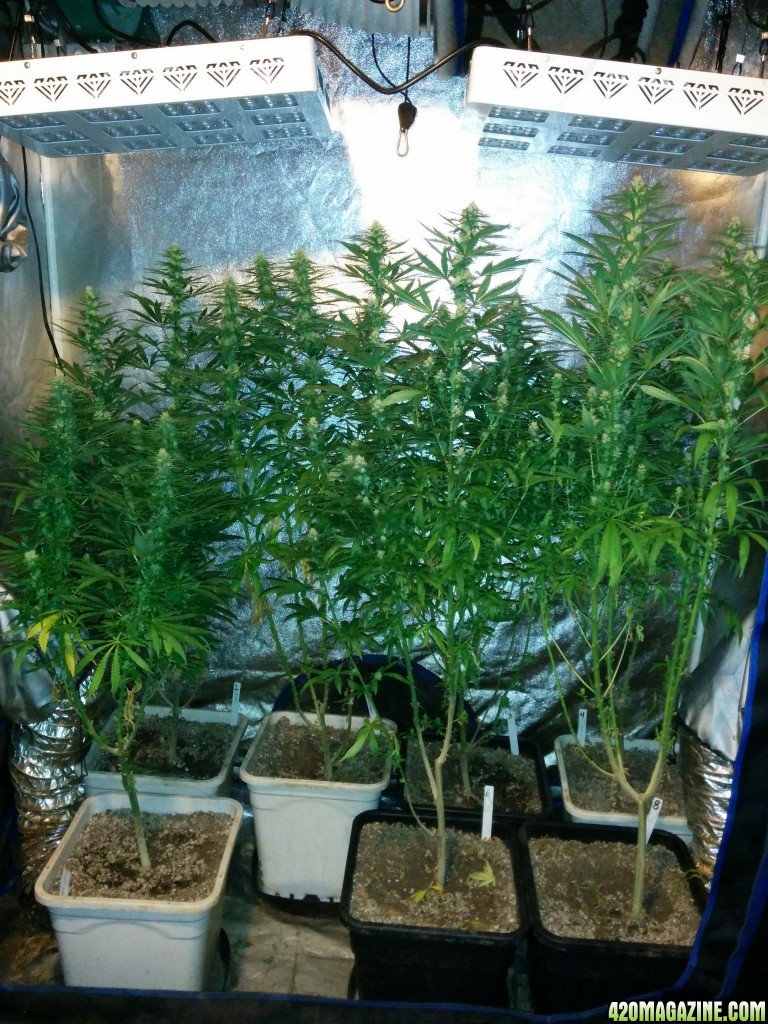
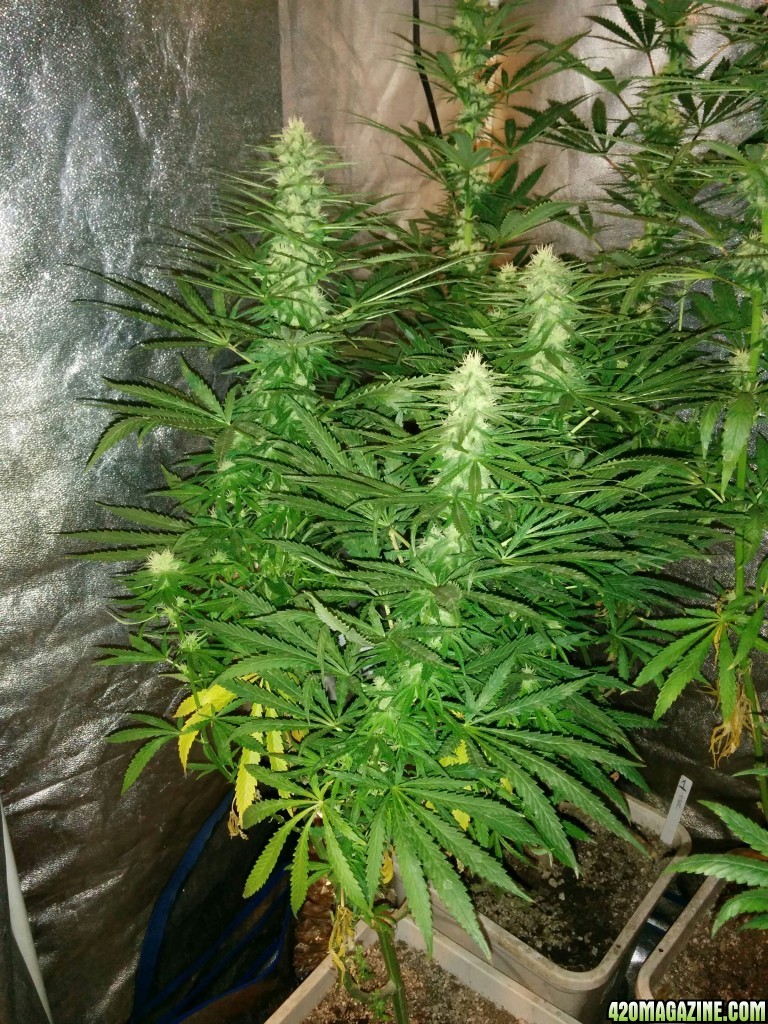
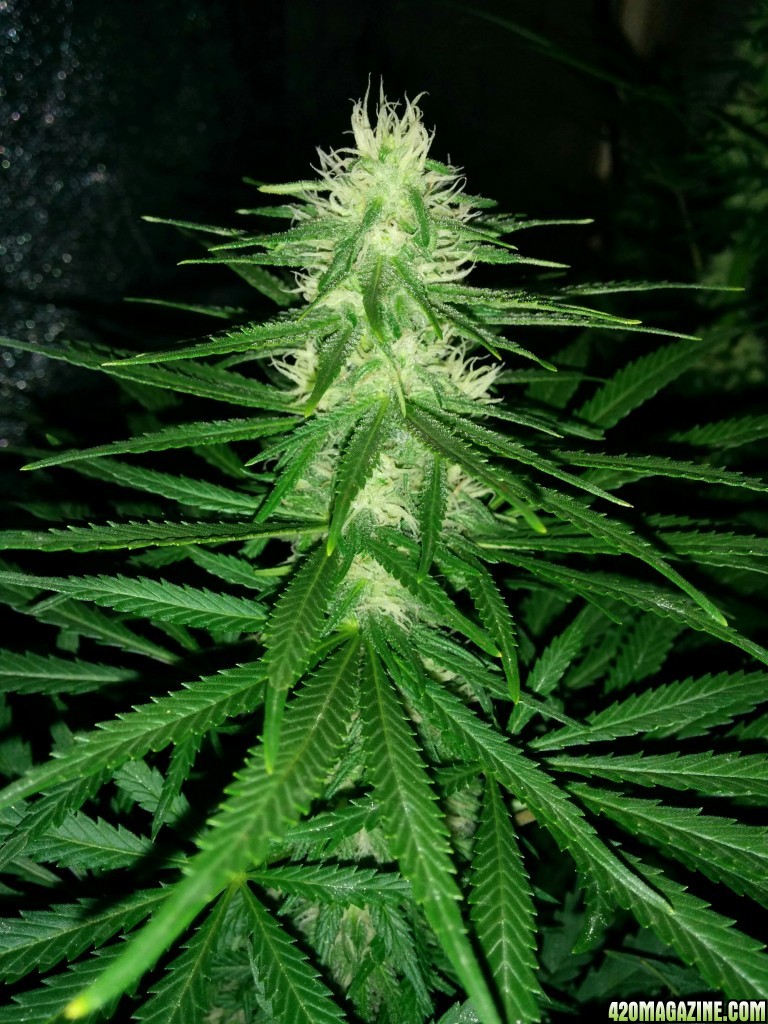
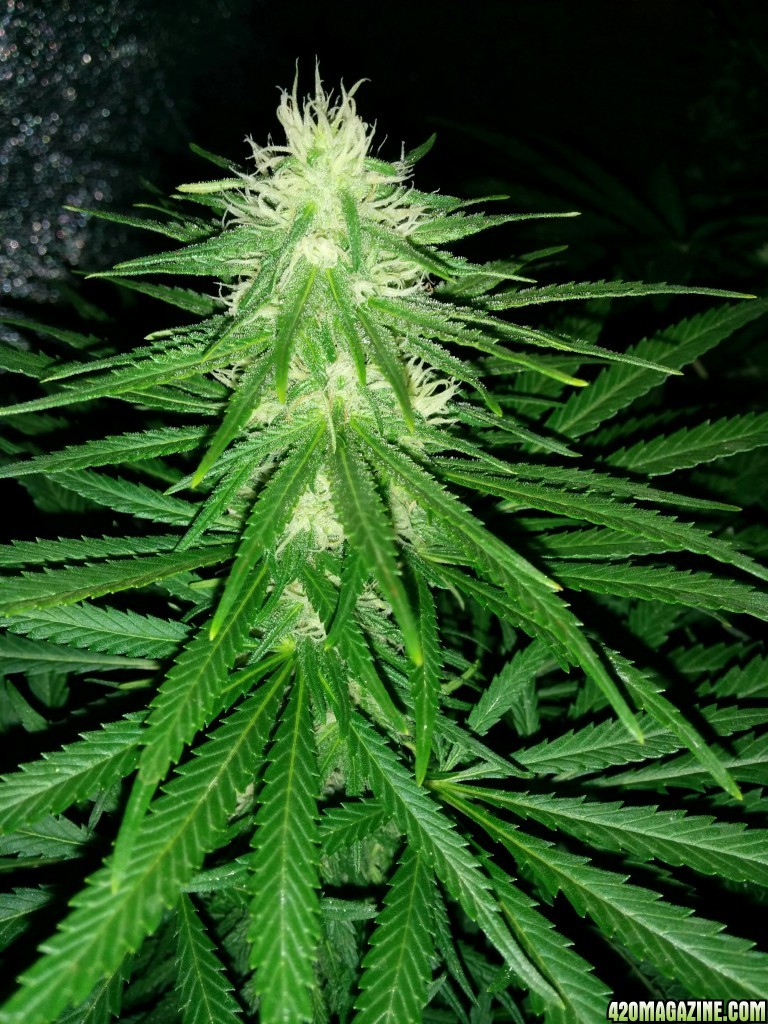
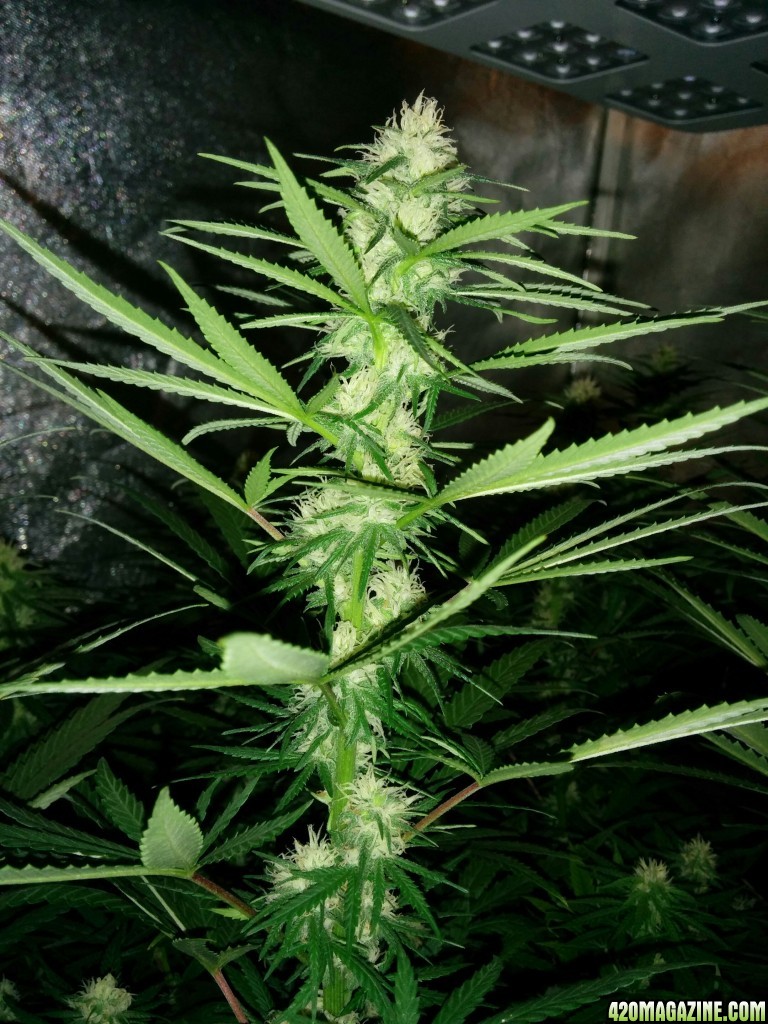
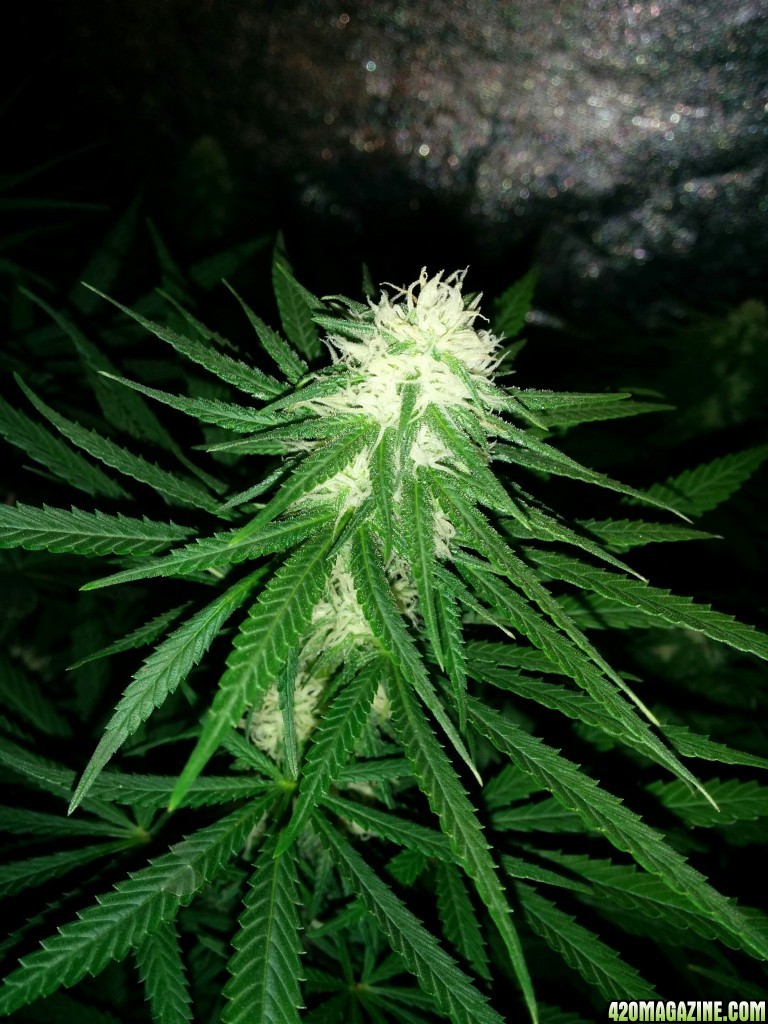
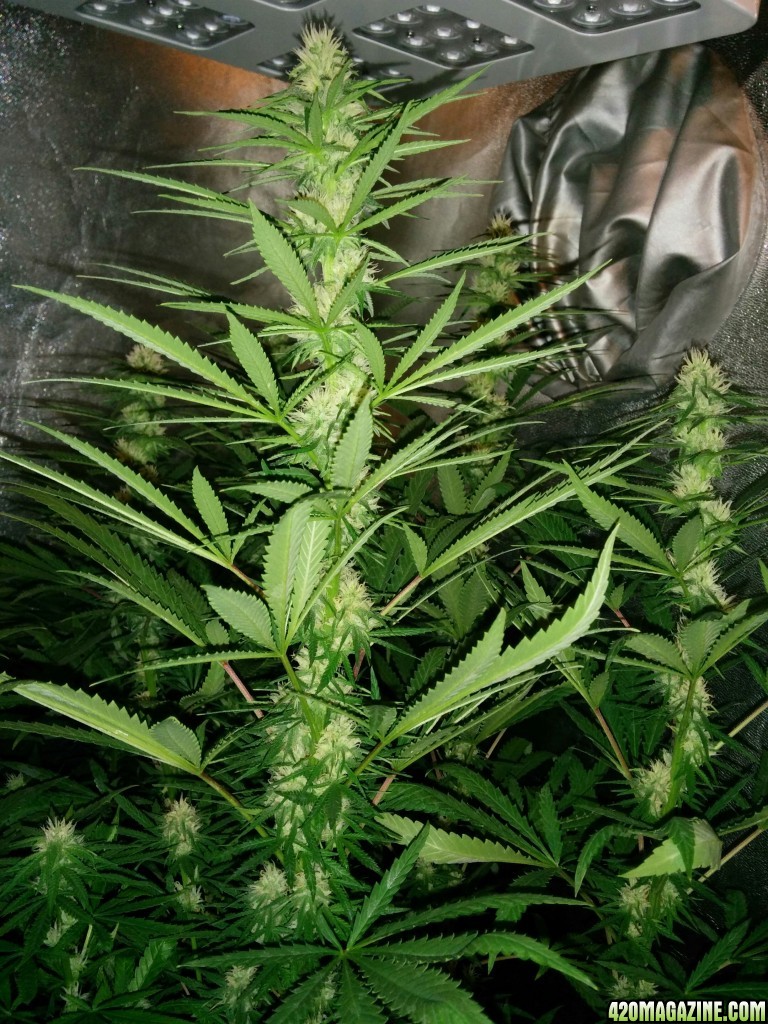
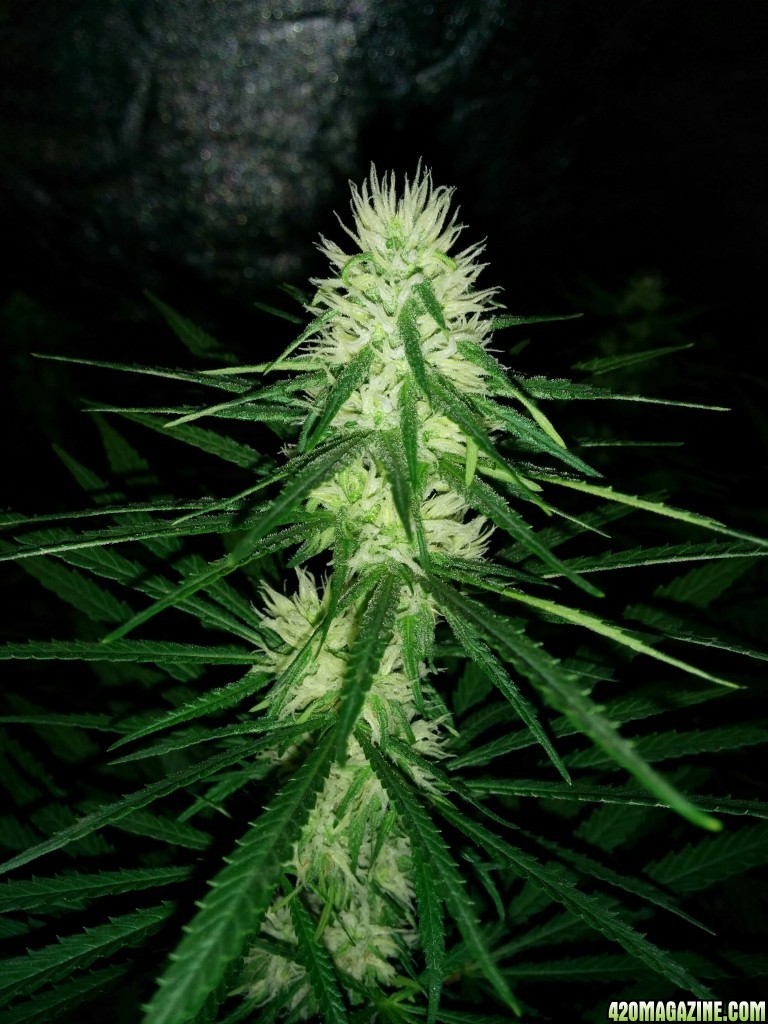
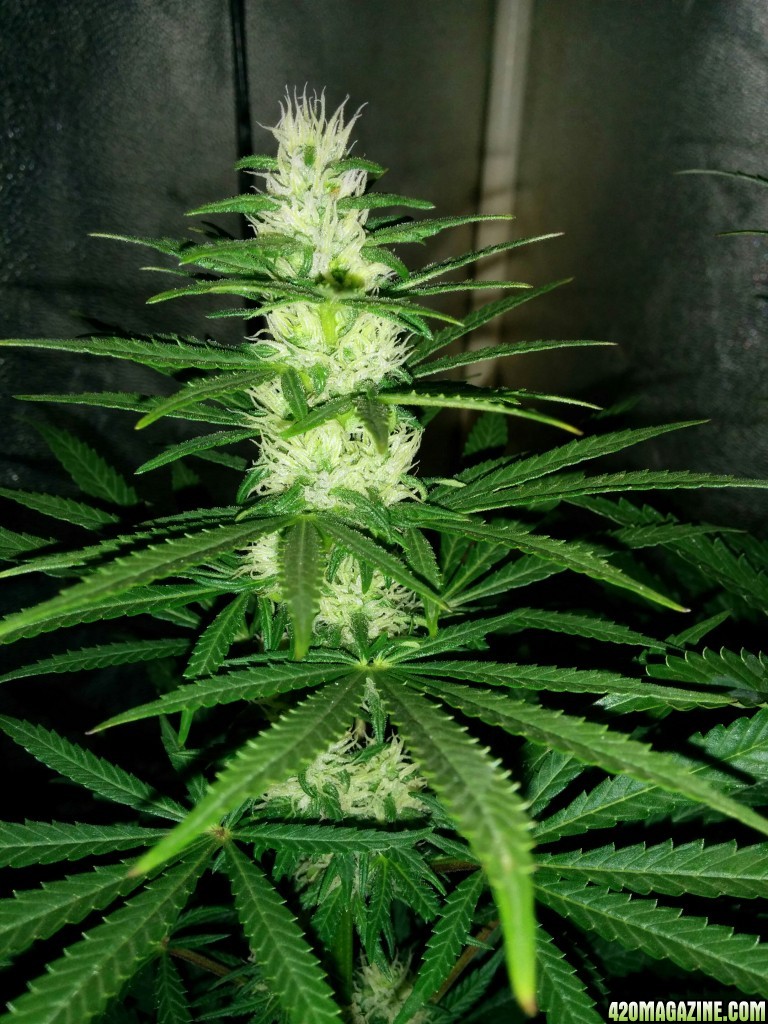
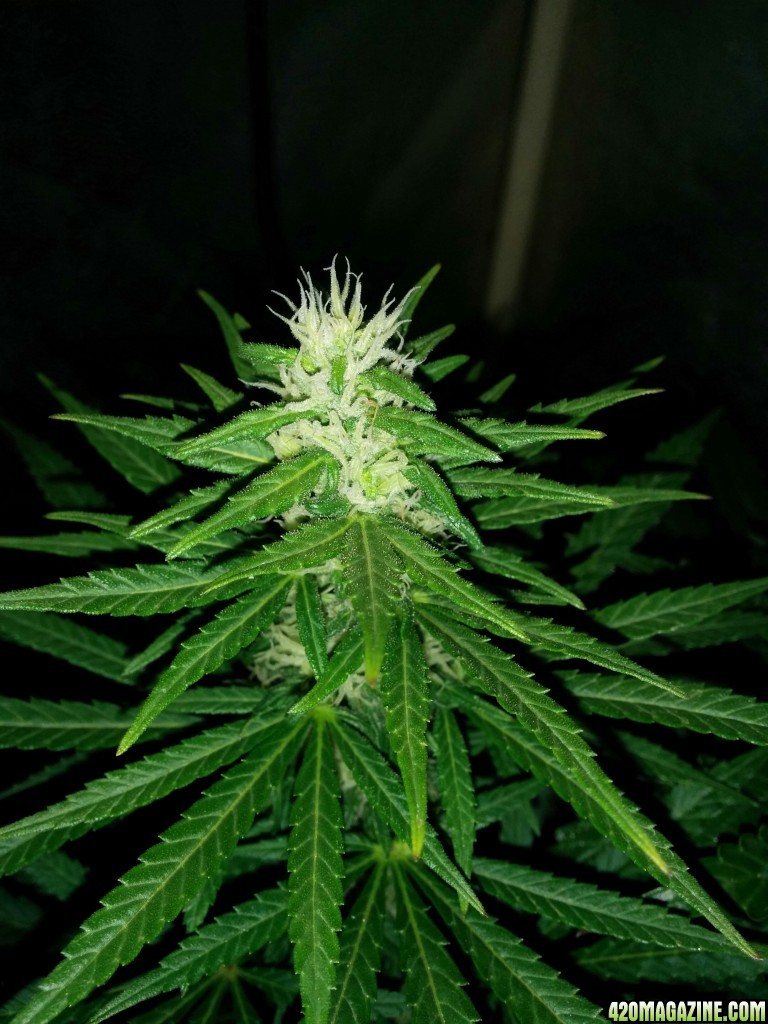
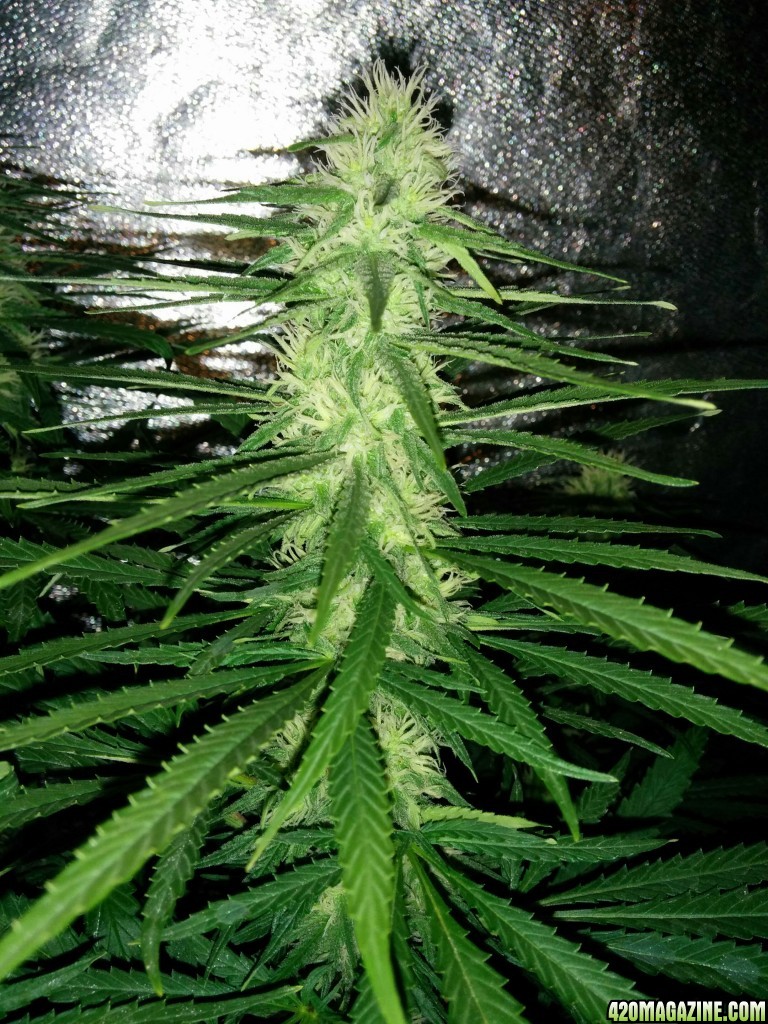
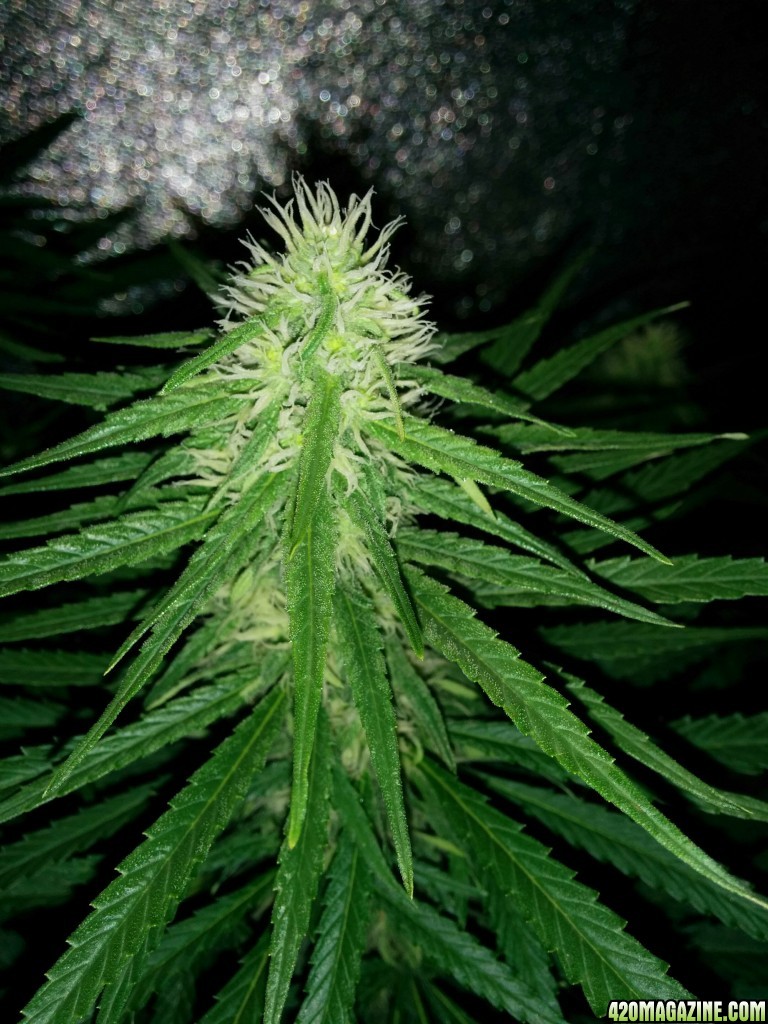
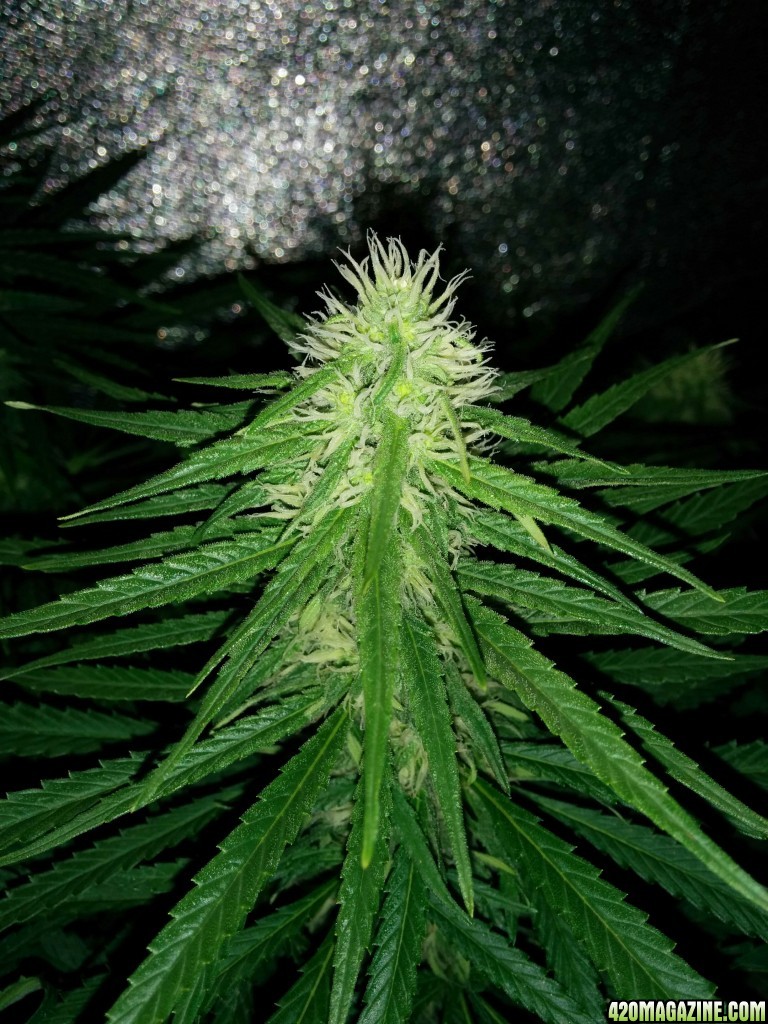
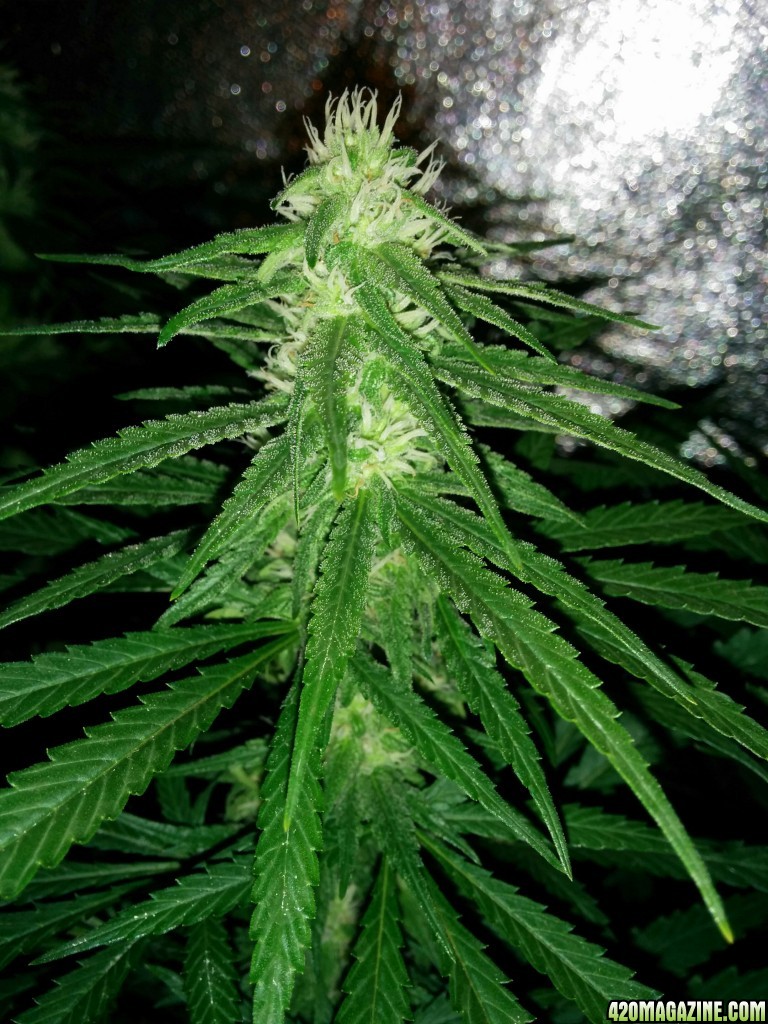
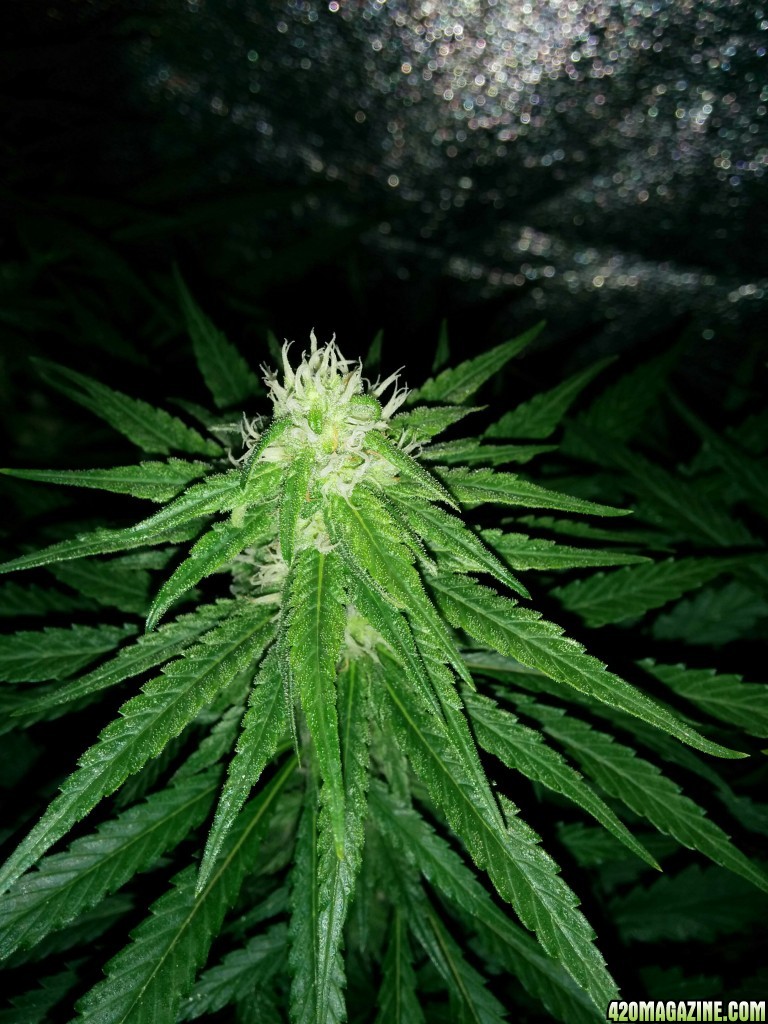
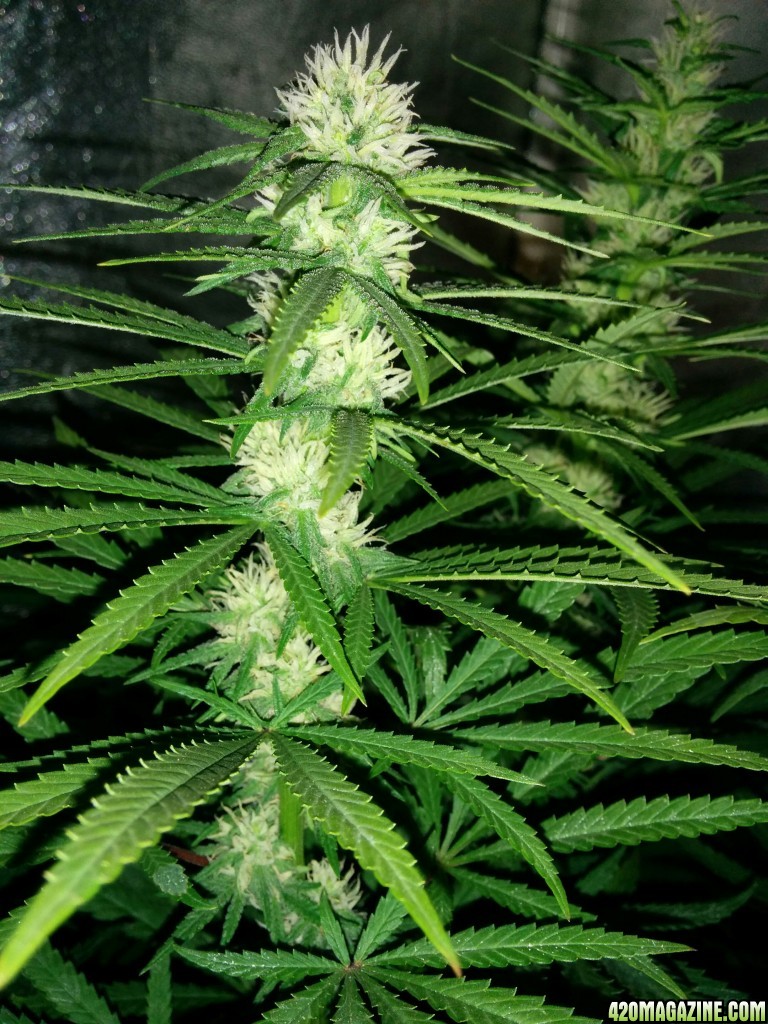
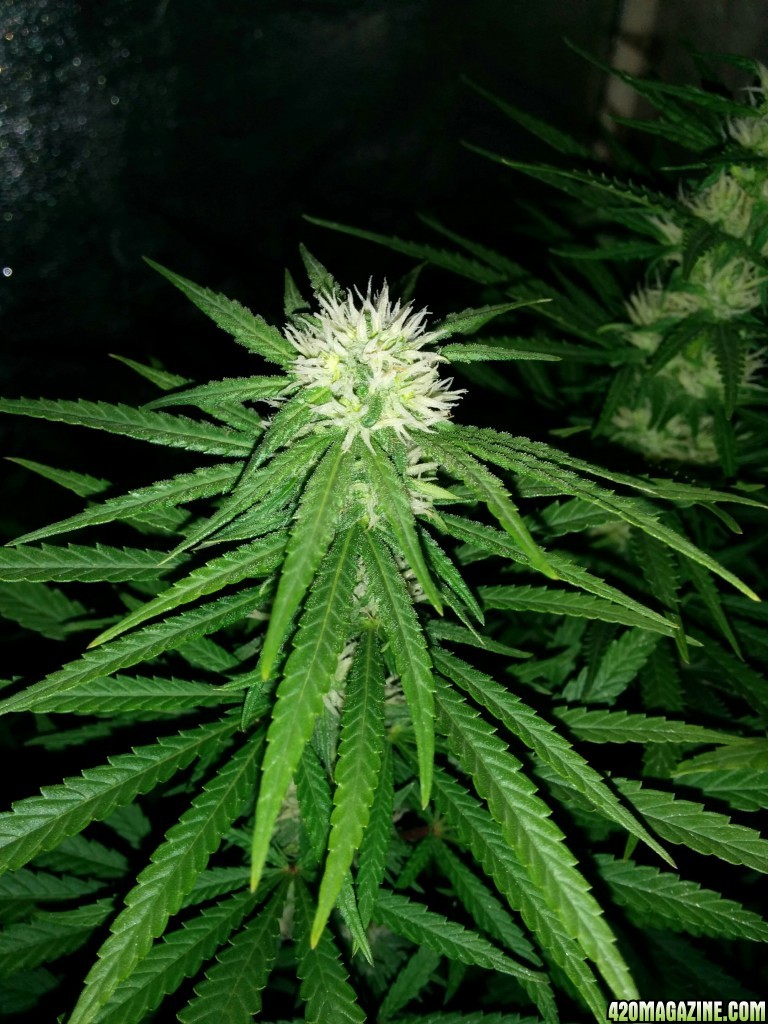

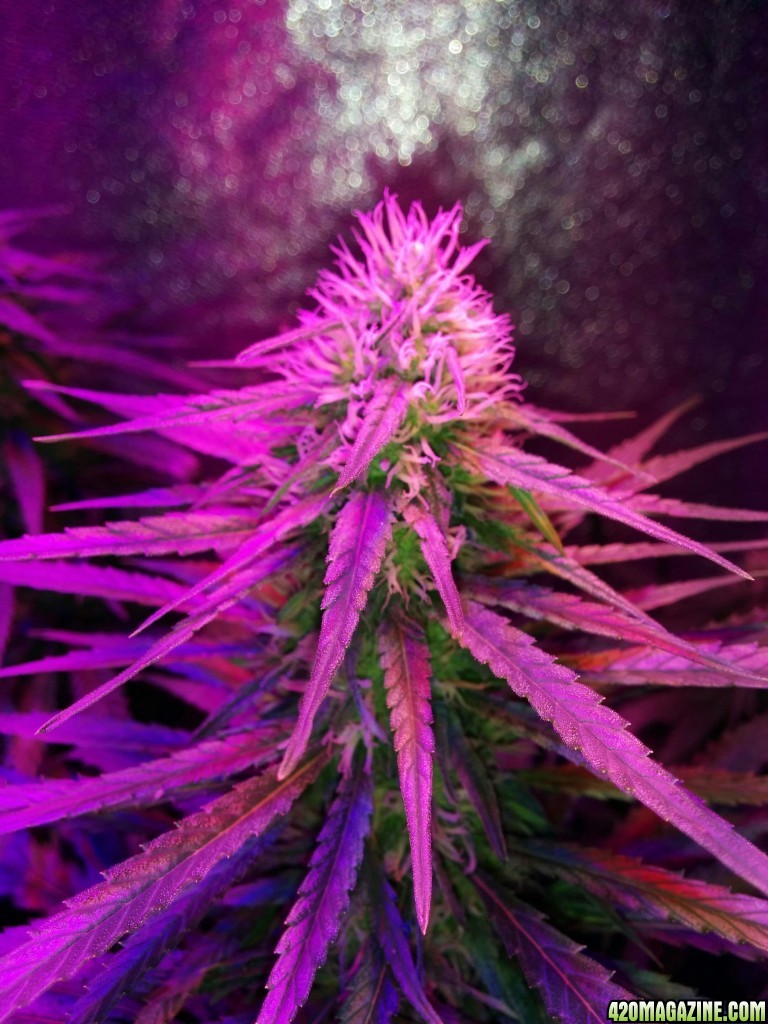
That's a nice wide variety of phenos Icemud. Have you remained hermie free after the first episode?
 So far really happy with how things are going, and hoping that spraying my plants right after the pollen cloud will cut down/prevent many seeds, but only time will tell, and the way things are looking, I definitely wouldn't mind more seeds
So far really happy with how things are going, and hoping that spraying my plants right after the pollen cloud will cut down/prevent many seeds, but only time will tell, and the way things are looking, I definitely wouldn't mind more seeds 